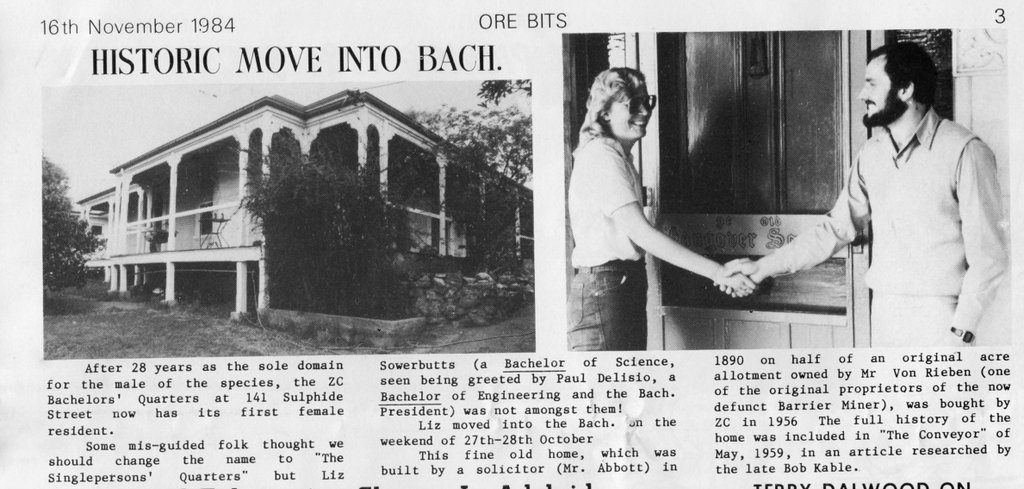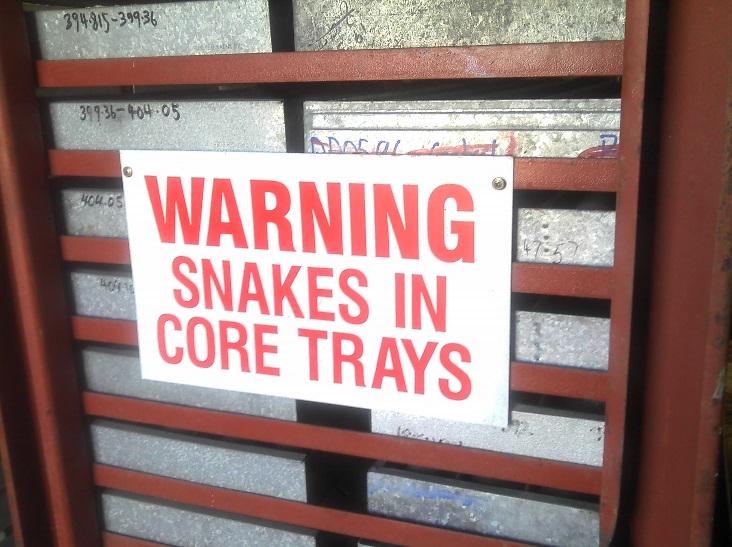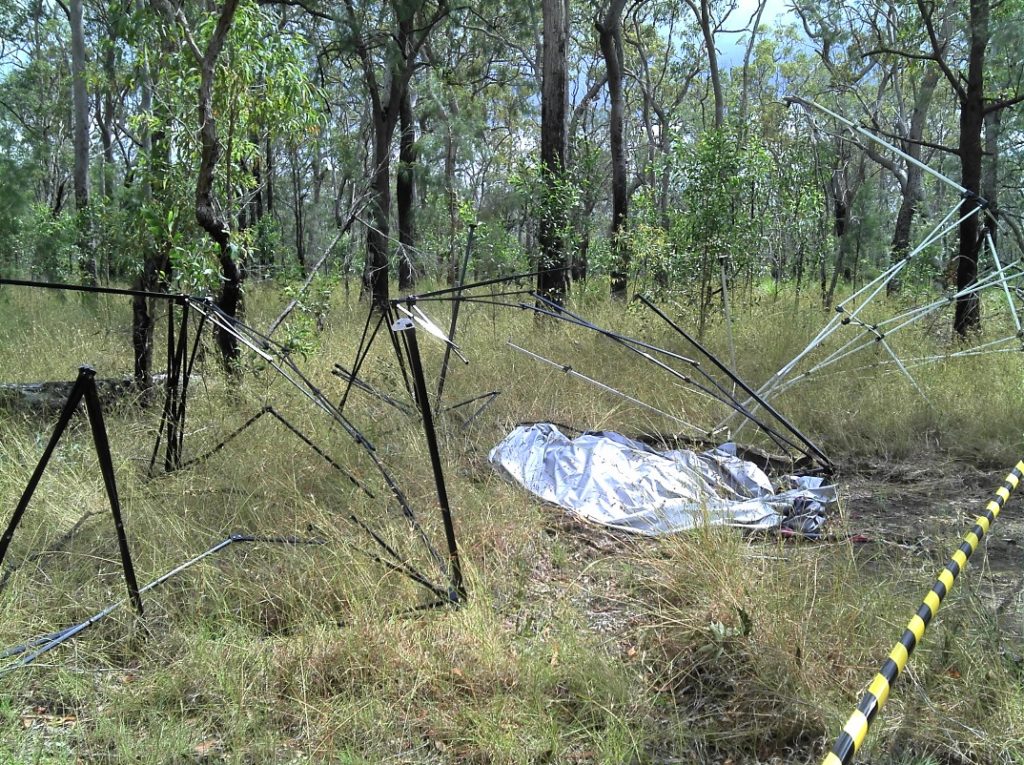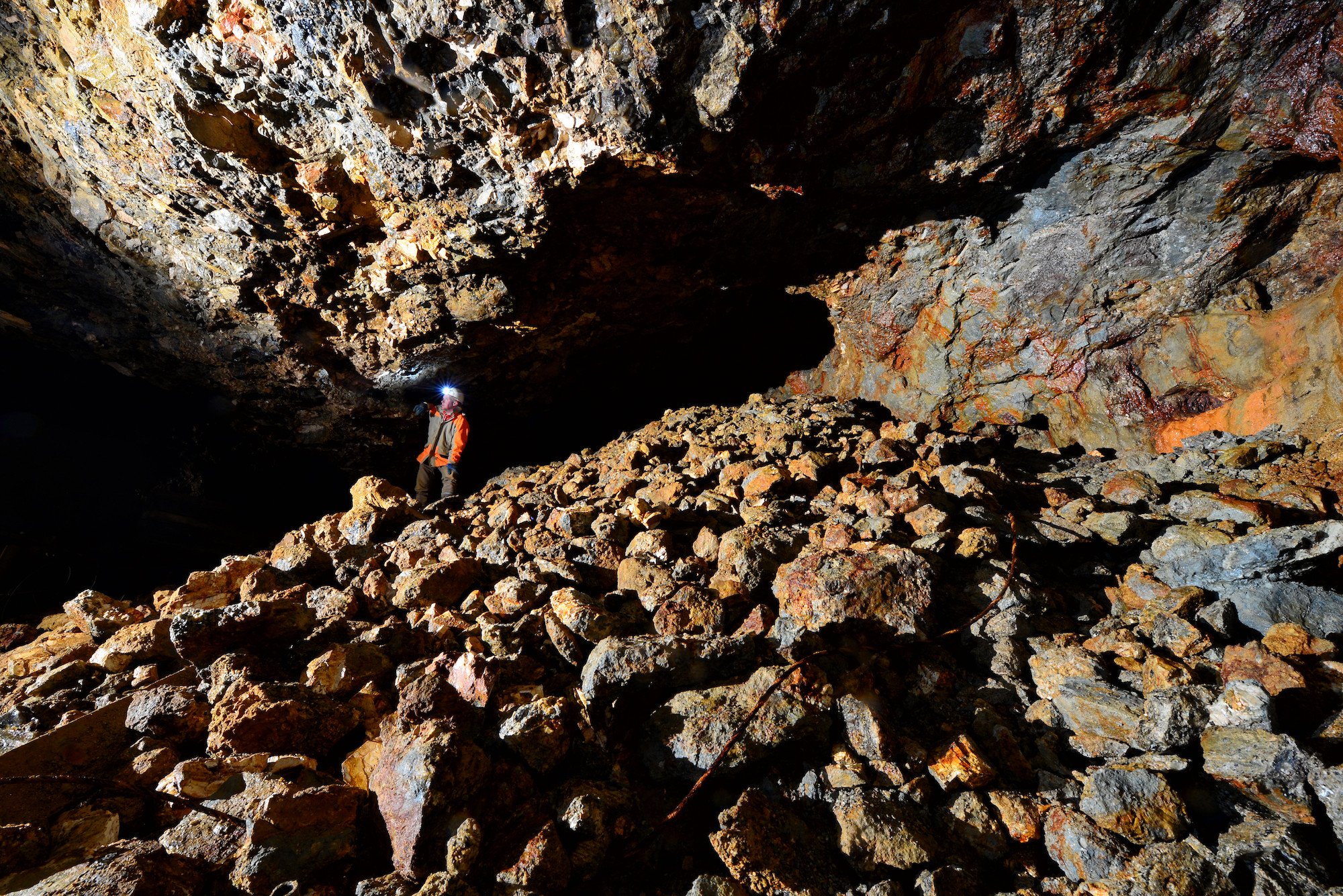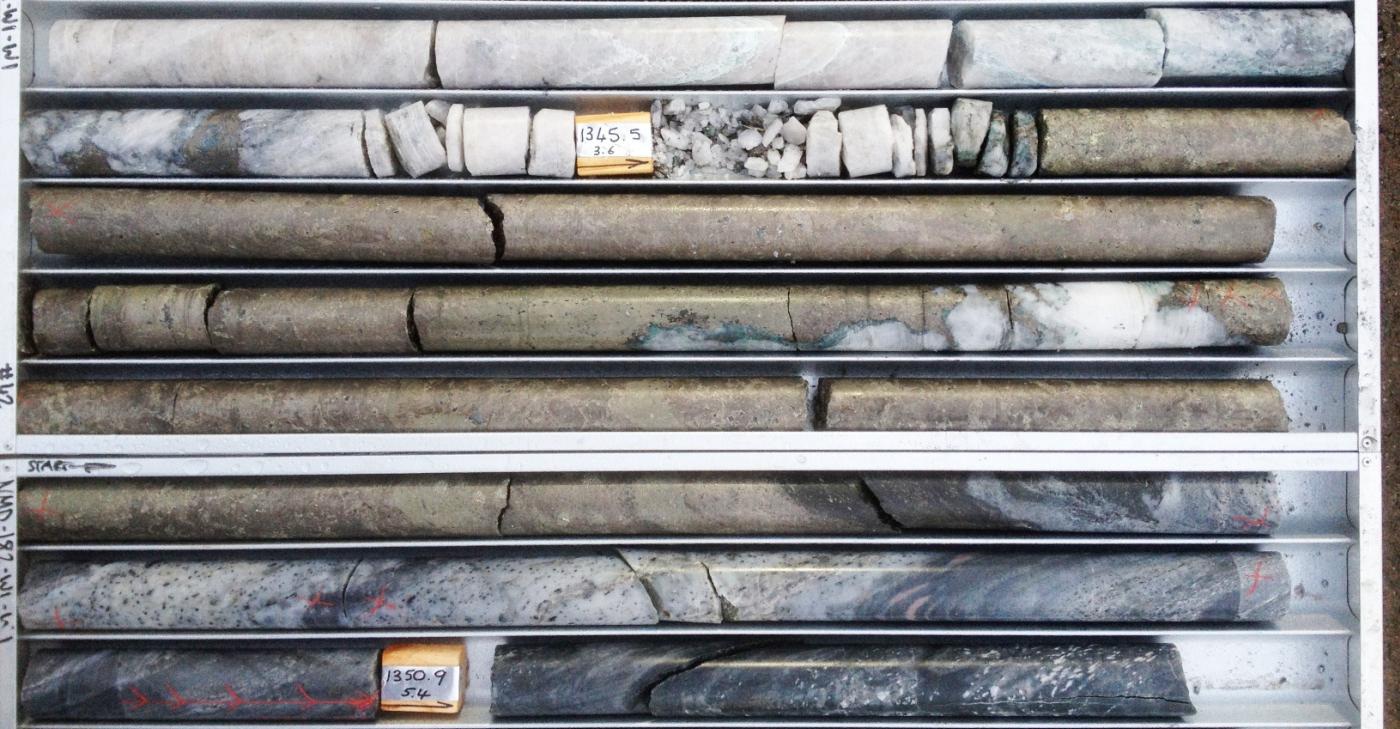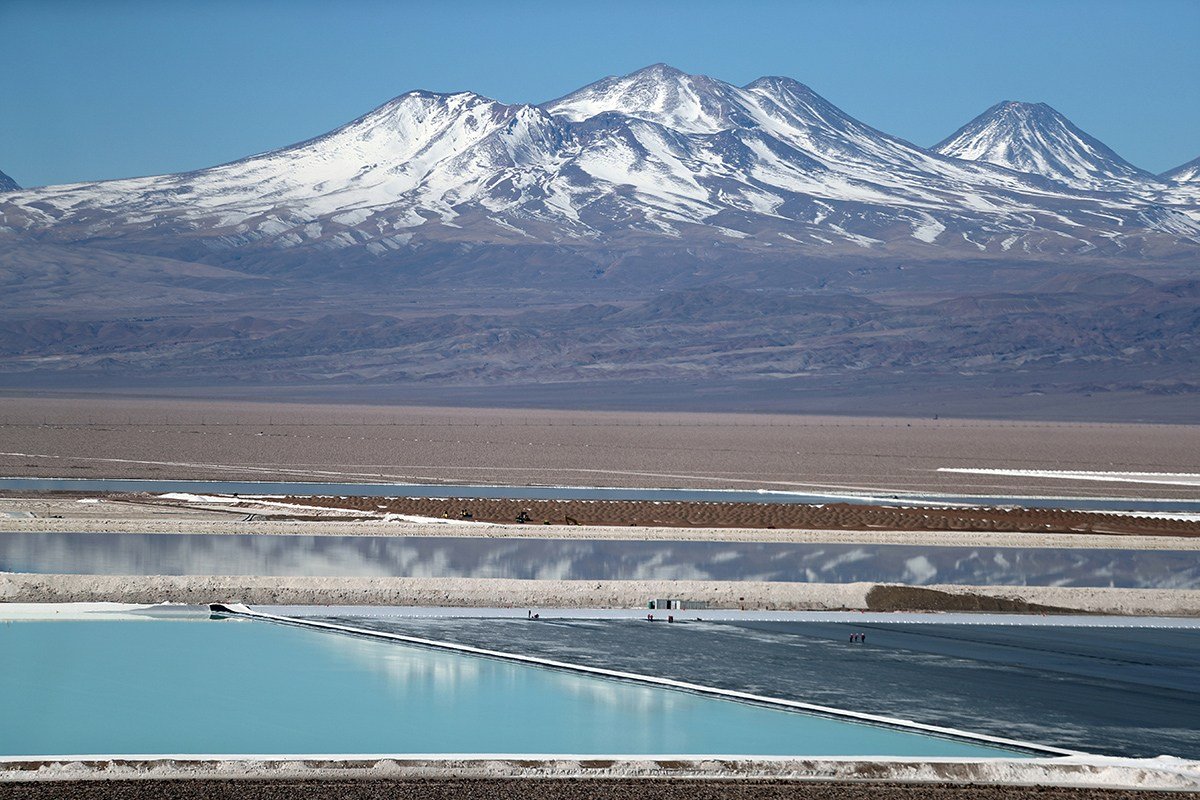Metallurgy produces millions of tons of mineral waste each year, with billions of tons already stored worldwide. The production of these waste products is expected to accelerate as demand for steel products continues to grow and low-grade ores are increasingly utilized.
How are they formed?
The production of one portion of steel requires roughly three portions of primary natural raw materials (iron ore and coke) that will end up discarded and accumulated in the form of tailings, metallurgical slag, overburden, etc. Most of the waste is a product of the beneficiation of low-grade iron ore, such as magnetite quartzite. During wet magnetic separation, magnetite is concentrated into a valuable product due to its strong magnetic properties, while non-magnetic or weakly-magnetic minerals (hematite and quartz) are transported as a slurry (a mixture of mineral particles and water) to tailings ponds.
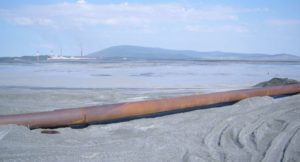
The scale of the problem and the risks involved
Since tailings are typically not recycled and lower grade ores produce more waste material, the number of tailings ponds is increasing. In China, approximately 60 billion tons of industrial waste has been disposed of in tailings, of which one third is from iron ore reserves. Besides covering huge areas, iron ore tailings pose several risks:
- Toxic substances hazardous to humans are emitted into Earth’s atmosphere, hydrosphere, and soils.
- Extremely small particles in tailings can be carried by air masses for hundreds of kilometers and cause cardiovascular or pulmonary diseases.
- Productive lands occupied by this waste are not suitable for other activities.
Storage facilities for tailings and associated dams can also pose a significant risk. In November 2007, 13 people died in an accident caused by tailings dam collapse in Anshan, Liaoning Province, China. On January 25, 2019, a collapse at the tailings dam at the Córrego do Feijão iron ore mine (Vale S.A.) near Brumadinho, Brazil, killed 272 people. As a result of the collapse, the stock price of Vale S.A. fell by 24%, losing $19 billion in market capitalization, the largest single loss in the history of the Brazilian stock market. In addition, the Brazilian authorities have issued arrest warrants for five employees who are believed to be involved in the collapse of the dam, and a $250 million fine has been announced for Vale S.A.
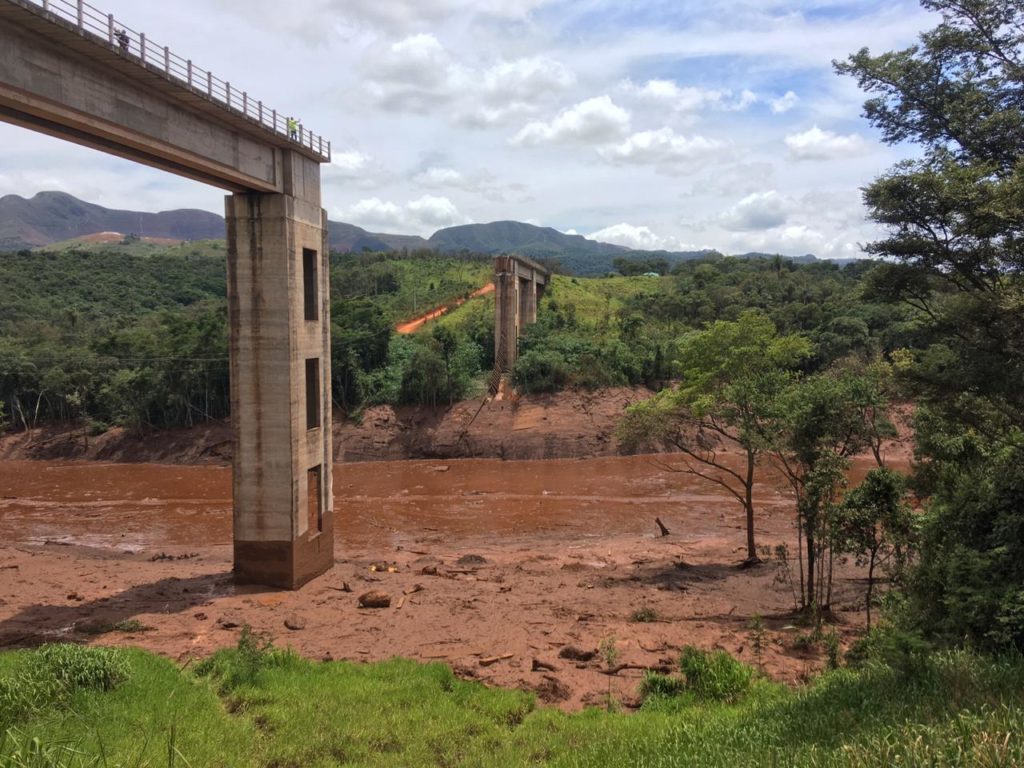
The solution is the complex utilization of tailings
The steady increase in iron-containing waste reserves and the reduction of natural ore reserves indicate the need to process tailings and other mineral wastes. Currently, there are several different ways to utilize iron ore tailings:
- The extraction or re-extraction of useful metals such as iron, cobalt, nickel and aluminum.
- The production of building materials (including cement clinker and impurities, glass ceramics and wall materials, etc.)
- Yellow-red pigments manufacturing
- Use as soil modifier
Of these possible uses, reprocessing of tailings for further metal extraction is the most promising. In the south of Shanxi Province, China, a re-extraction facility was constructed to collect gold from iron ore tailings, which gave satisfactory economic results. Two reprocessing projects are known in Ukraine, where iron-containing waste is reprocessed through the production of iron ore concentrate from the tailings at the Central Mining and Processing Plant and the Zhovti Vody Plant.
Although the achievements of science are encouraging, there are, unfortunately, very few examples of tailings reprocessing and further land reclamation. Not surprisingly, few companies are prepared to take the risk of reprocessing when the economic benefit is marginal at best. However, where funds from third parties and eco-grants have been allocated for this purpose, reclamation produces excellent results, as is the case of WISMUT Environmental Remediation Project in Germany. The WISMUT remediation program started in 1991 as an effort to rehabilitate areas contaminated and by four decades of uranium mining in East Germany. It has been incredibly successful and stands as a reference project for modern remediation efforts.
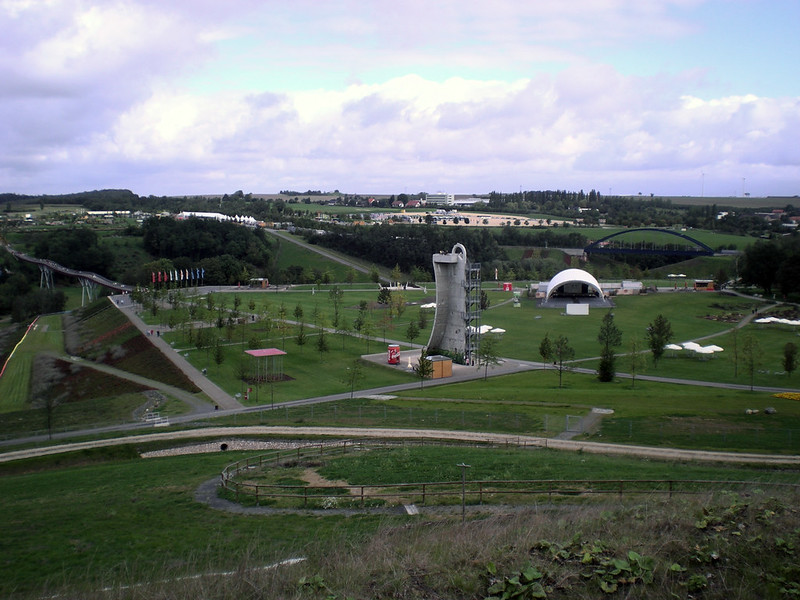
Conclusions
Iron-containing waste is constantly accumulating and increasing the use of low-grade ores only accelerates this process. Such deposits lead to a number of environmental and land-use problems and pose real risks to human life and health. Though the issue of complex utilization of iron-containing wastes is becoming increasingly acute, recent scientific achievements show that it can be recycled into several valuable products, including metals, building materials, pigments. Remediation projects like WISMUT show that remediation and rehabilitation of even the most contaminated sites is possible where the motivation exists and funding is available.
In many jurisdictions, either legally or by way of social license, end-of-life mine site rehabilitation is included in the cost of opening a mine. Motivating companies to recycling iron-bearing wastes can be part of this process and add economic value to projects over the long term.
Further Reading
- WISMUT Remediation (Website)
- Innovative methodology for comprehensive utilization of iron ore tailings. Part 1. The recovery of iron from iron ore tailings using magnetic separation after magnetizing roasting (Academic Article: Part 1 and Part 2)
- Current state of fine mineral tailings treatment: A critical review on theory and practice (Academic Article)
Subscribe for Email Updates

